Innovations in Multifamily Housing
Improved Construction Techniques
Owners and developers have always wanted good construction quality and good economic value. Increasingly, particularly with condominium-type projects where the users become the owners, there are also demands for energy efficiency and long-term sustainability even beyond minimum code requirements. In multifamily housing, meeting these needs economically has meant improving the design and construction of the building envelope, particularly in exterior walls. It is also not surprising that various types of wood-framed construction have been used for these purposes when allowable by code. Standardized construction methods using readily available materials coupled with general time and cost savings are often cited for this choice.
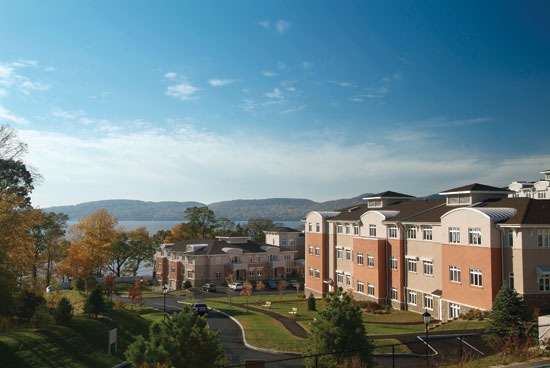
Photo courtesy of Simonton Windows & Doors
Multifamily housing is taking many forms and appealing to people with different income levels, in different localities, and in different living arrangements for a whole variety of reasons.
When looking at the construction of framed walls, updated codes have recognized that good energy performance is about more than U-factors or R-values and requires attention to properly managing water, air, and moisture in those walls. Each of these are addressed in different ways. Controlling rain water involves the “four D's” of water managed design: deflection of water away from the wall, drainage of water that does get in, drying of the wall materials, and durability of all components. By contrast, controlling moisture, which is water in a vapor state, involves preventing it from diffusing through materials or infiltrating by moisture-laden air into a wall assembly. To assure proper performance, the codes have focused on three particular areas that are intended to improve the construction of framed multifamily walls. Specifically, they call for the proper use of vapor barriers, air barriers, and water-resistive barriers (WRBs), all discussed further as follows:
Vapor Barriers/Retarders
Codes require framed walls to have a vapor barrier or retarder installed on the “warm” side of a wall. The intent is to prevent gaseous water vapor from diffusing directly through building materials into a wall assembly. The requirements will vary by location such that in northern climate zones, an interior barrier is required while in southern climate zones it needs to be on the exterior. The type of barrier/retarder also varies by climate zone based on the amount of permeability (perm rate) they provide. There are three classes identified simply as Class I (.01 perm or less), Class II (0.1 – 1 perm), and Class III (1 – 10 perms). As a practical matter, the material used for this barrier can vary by location from low-permeability plastic sheeting, to kraft paper facing on insulation, or vapor retardant interior paint.
Air Barriers
Air barriers are addressed separately in the codes and are intended to be used to control the infiltration and exfiltration of air through a wall assembly. Unwanted air flow in building walls pushes out conditioned air and allows unconditioned air to enter, thus requiring additional energy to heat or cool the interior. Air barriers help lower energy requirements by reducing this air exchange in buildings and have been shown to save as much as 15 to 20 percent on space conditioning costs. Air barriers are also important in managing vapor or moisture since they can prevent moisture-laden air from penetrating into wall assemblies. If this moisture is not stopped, it can be absorbed by the materials or condense into water drops. This increases the moisture content of building materials, which can then deteriorate, compromise the structure, and potentially cause health concerns from mold and mildew. Effective air barriers reduce the possibility of moisture entering wall assemblies in the first place, thus reducing the moisture accumulation and damage potential.
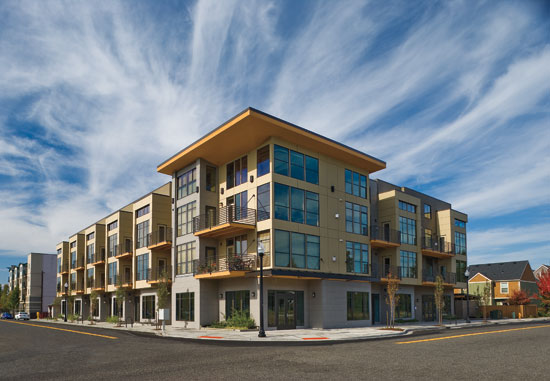
Photo courtesy of Pella EFCO Commercial Solutions
Double glazed fiberglass windows with low-E glass were a good fit for the Beranger Condos in Gresham, Oregon.
Notice
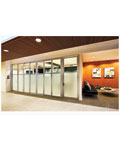
www.spaceplus.com
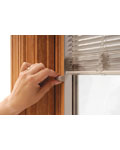
professional.pella.com/windows
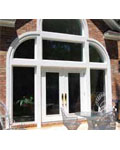
www.simonton.com
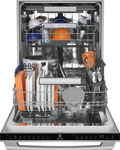
www.electroluxappliances.com
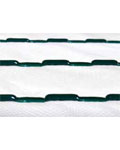
www.tamlynwrap.com









